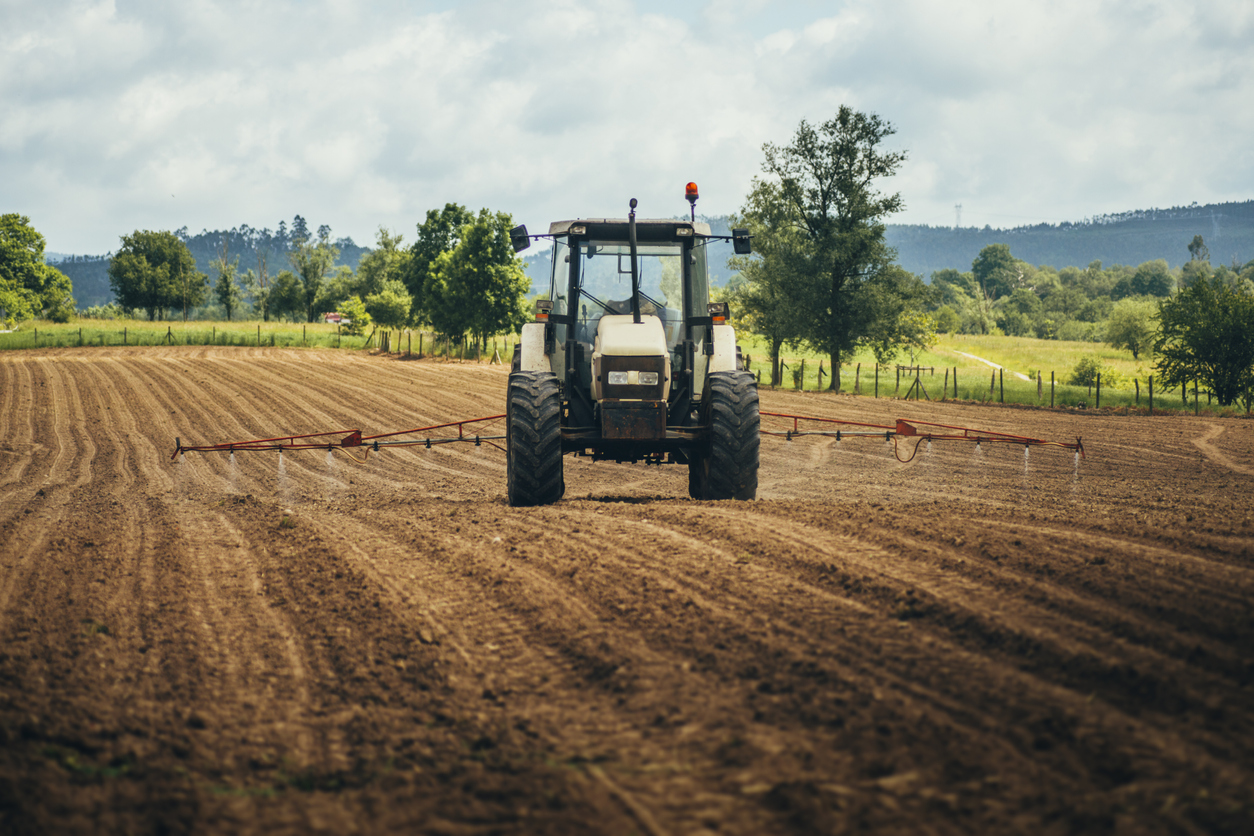NUTRECS: NUtrienT Recovery from subsurfacE agriCultural drainS
.jpg)
In Brief
- Challenge: Future Food Systems Challenge
- Challenge Type: National Challenge Fund
- Status: Active
The Challenge
Ireland wants to reduce its use of artificial fertiliser from a base figure of 408,000 tonnes in 2018 to 325,000 tonnes by 2030. Since nitrates will continue to leach from the land, there will be a delayed impact from the reduced use of artificial nitrogen and phosphorus fertilisers, and it will take longer for water quality to improve.
In Ireland it is estimated that there is artificial subsurface drainage under 44% of all agricultural land, or under 29% of the total land area. We don’t yet know how these spatiotemporal active rural drainage systems are impacted by impact hydrological events (i.e. drought and floods) which have knock on consequences for water supply quality and quantity, but international studies have shown that subsurface and surface drains located in rural areas export nitrogen and phosphorus, affecting water quantity and quality downstream.
Recovery of these nutrients which are easily mobilised through subsurface drain water could be achieved by in-drain bioreactors containing a sustainable reactive material and have the knock-on effect of improved water quality in rural catchments where intensive farming occurs and the economic positive that farmers could recover some of these nutrients in solid form.
The Solution
To date various techniques have been investigated to remove phosphorous and nitrogen from subsurface drainage outlets but with no focus on solid state recovery and sustainable re-use of the trapped nutrients as part of an agricultural circular economy. Filtration and reactive materials offer the most time and space efficient solutions for intensive farming when compared with more constructed wetland systems that require larger areas and more time. Sustainable filter media incorporating abiotic and biotic processes can offer an economic and effective pathway for sustainable nutrient recovery and re-use in intensively farmed systems due to their composition and minimum land area footprint.
To address this, our study proposes a passive in-drain subsurface technology ‘Nutri-Trap’ . This solution will overcome barriers by augmenting existing nutrient mitigation strategies such as precision fertiliser applications, land phosphorous indexes, open seasons for slurry applications and appropriately located riparian buffer strips (vegetation grown along streams to protect them).
The Team
- Team Lead: Dr David O’Connell, Trinity College Dublin
- Team Co-Lead: Dr Marta Martins, Trinity College Dublin
- Societal Impact Champion: Margaret Keegan, LAWPRO